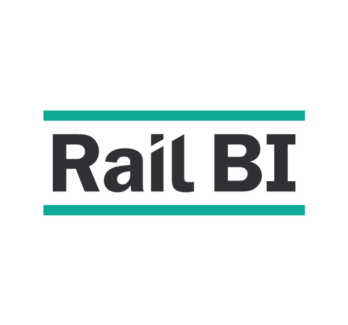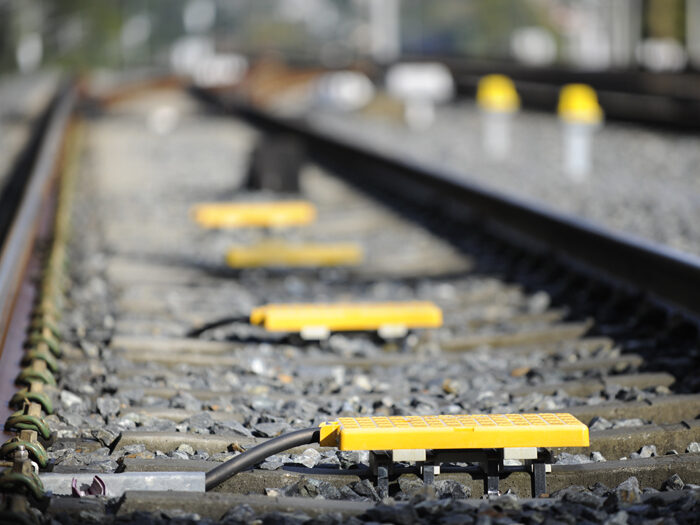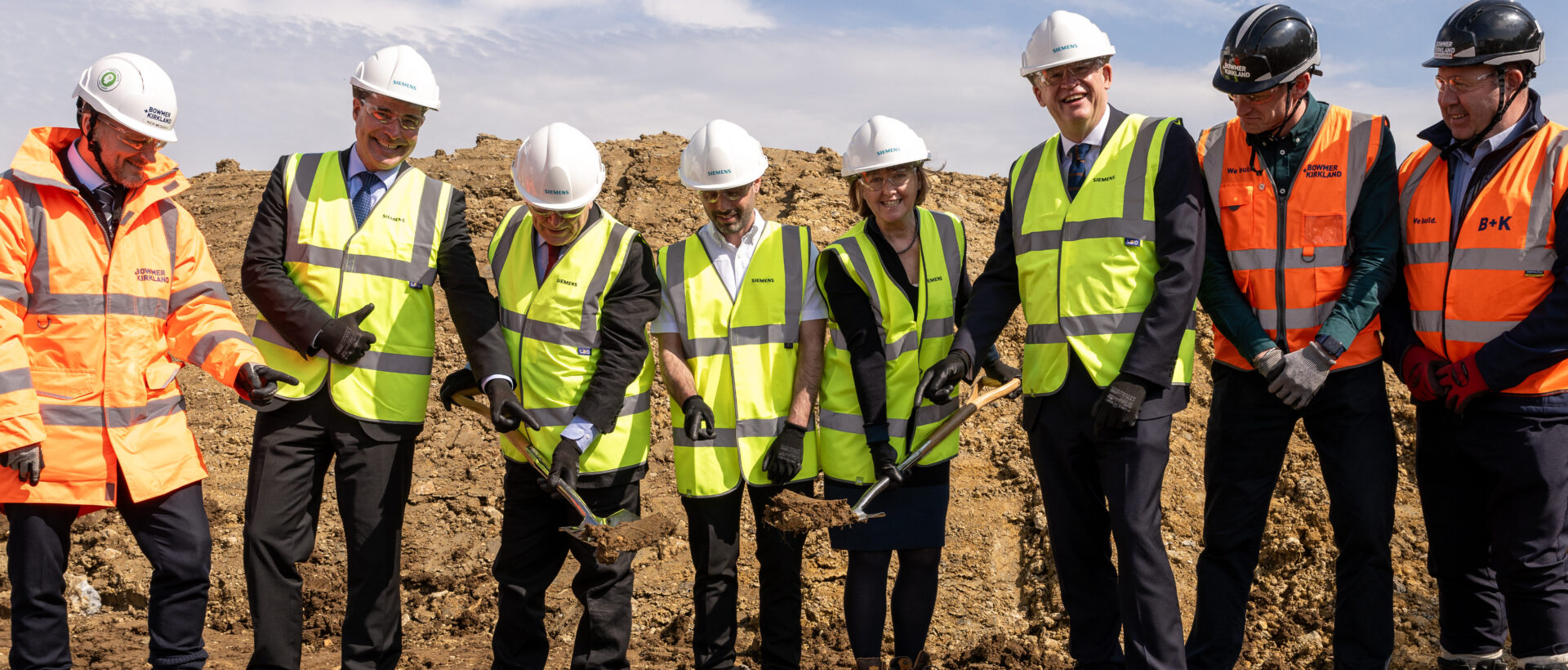Driving Efficiency: How Digital Platforms Are Revolutionising Work Bank Planning at Network Rail
Rail BI is on a mission to revolutionise the way railway infrastructure managers handle complex data. By consolidating data sets from multiple sources into a single, coherent platform, the company enables sophisticated cost decision-making for rail infrastructure projects—taking the pain and guesswork out of business case production.

A recent beneficiary is Network Rail, which moved from outdated, error-prone spreadsheets to a modern, cloud-based solution. The result: significant cost and time savings, increased scalability, and improved collaboration across teams.
Our tool has helped Network Rail transition from a labour-intensive spreadsheet that only one person could edit at a time, to an application that supports multiple users interacting simultaneously. At the moment, we’re working with the company to help them with asset work bank long-term planning and cost forecasting for signalling and level crossings.Adam Medley, Head of Operations at Rail BI said:
Streamlined Operations
With the Rail BI cloud-based tool, all calculations are carefully validated, making it very difficult to make mistakes. The tool also checks that data has been entered in the correct format. Its streamlined and error-checked operation has already saved Network Rail a significant amount of time by removing the need to manually maintain a spreadsheet.
Automating workflows in spreadsheets required complex formulas, macros, or manual processes. These were error-prone and hard to maintain. Also, manual data entry increased the risk of typos, formatting inconsistencies, and broken formulas, which compromised accuracy.Medley said:
The difficulty in keeping the spreadsheet up to date and making it user-friendly limited trust in the system by users. This resulted in more time being spent on costing, and adjustments being made outside the system with less transparency of what the drivers were. The old system had come to the end of its useful life and we began to look at alternatives.Daniel Paxton, Senior Engineer (Signalling Policy & Asset Management) at Network Rail said:
Extract Full Value
Due to its limited reporting and analytics, Network Rail was also unable to extract the full value from its signalling and level crossings assessment data. Now, the Rail BI platform combines asset information and work bank policies to generate a long-term renewal and upgrade plan for the network. Users can make changes to the plan, and any downstream effects are immediately visible.
Digital signalling costs are calculated using hundreds of metrics, based on thousands of different assets across a designated area to get very detailed estimates in very little time. As well as the savings, we’re able to produce a level of complexity and detail previously impossible.Medley said:
A Continued Partnership
Rail BI had already worked with Network Rail to develop business cases for resignalling some locations with in-cab signalling for the European Train Control System (ETCS).
I gave some work bank planning input and they developed the capability to include all kinds of signalling interventions to better model different ETCS deployment scenarios. This presented us with the opportunity to adopt the system for the regional engineers and to support our assurance, and eventually replace the spreadsheets.Paxton said:
Other systems were being developed around the same time, but a review revealed that Rail BI was best placed to respond quickly, as a contract with Network Rail was already in place.
In the longer term, we concluded that continuing with Rail BI was the best choice, given their successful delivery, agile approach, and value for money.This was also better than spending a lot of time and effort with a new system reproducing the user interface already developed.Paxton said:
Network-Level Planning and Forecasting
The solution supplied by Rail BI also covered network-level planning and forecasting.
I’m confident this saves time for asset engineers, as they otherwise spend a lot of time gathering information needed to plan renewals, and the result should be a better quality work bank in a shorter time.Paxton said:
Asset engineers can now plan their work bank with all the information they need to make high-level decisions available in one place. They can quickly identify any limitations to their plans, as well as the likely cost and volume to be delivered over time.
Network Rail’s CP6 Delivery Plan, which ran from 1 April 2019 to 31 March 2024, required a new approach to cost forecasting.
We needed to make it more accurate at local level, due to the change to regional accounting, and the reclassification of Network Rail as an arms-length public body, which introduced stricter financial rules. We moved it onto the Rail BI platform and the result was much better. We went from delivering little more than half the planned volume for CP5 for the same spend, to delivering CP6 very close to the planned rates overall. This formed a good foundation for CP7, which is now in delivery.Paxton said:
Platform Expansion
Such has been the success that Network Rail is keen to deploy Rail BI’s solution to other disciplines to enable it to maximise economies of scale and improve the planning and reporting of multi-discipline projects.
Rail BI is already expanding the platform to support ETCS train fitment planning, which is closely related to the signalling work bank.
This article first appeared in the Railway-News Magazine Issue 1 2025. Download the full PDF version here.














